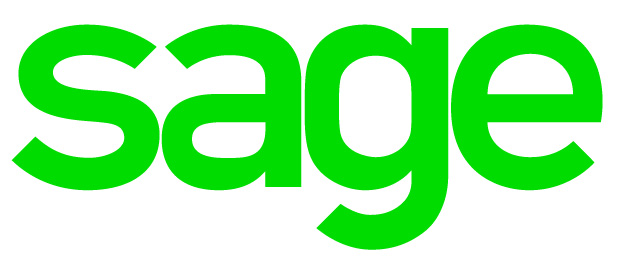What is side-ways loss relief?
If a business owner makes a loss as a self-employed person, they can set off the losses against any other earnings of the same year. In effect, the business losses are moved side-ways against other earnings.
However, in order for loss relief to be allowed, the loss making business must be able to demonstrate that it was managed on a commercial basis and with a view to making profits.
Many cases have come to the courts when HMRC has not been satisfied that a business venture does demonstrate commerciality, and accordingly, losses have not been allowed as a set off against other earnings.
In a recent case, Beacon v HMRC, Beacon purchased a property in Tuscany. In the first two years of active trading the taxpayer made losses amounting to £218,967 and £139,936. These losses were claimed in Beacon’s tax return against their other earnings in the relevant years.
HMRC disputed the loss relief claims on the basis that the letting business was not run on a commercial basis and the matter was taken to the First Tier Tribunal.
The court disagreed with HMRC. They pointed to a number of factors that suggested a commercial basis, including:
- The property refurbishment had been financed by bank loans and these were backed up by detailed business plans and projections.
- The fact that the business was blown off-course was due in part to the financial crisis of 2008.
The court were also critical of HMRC’s evidence on several other fronts that suggested a lack of commerciality.
The loss relief claims were therefore allowed as claimed.
Latest News
- New employment protections - April 18, 2024
- Opening up small company reporting - April 16, 2024
- Boost for small businesses - April 12, 2024
- A new acronym - April 9, 2024
- Tax Diary April/May 2024 - April 5, 2024
- Still time to register for the Marriage Allowance - April 5, 2024
- Check your National Insurance record - April 5, 2024
- HMRC helpline changes on hold - April 5, 2024






